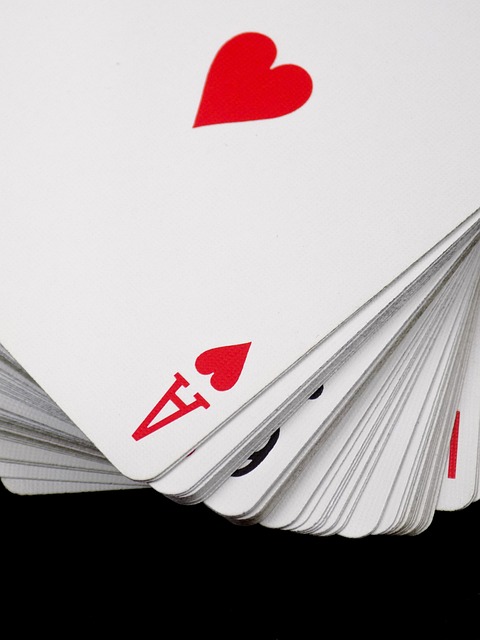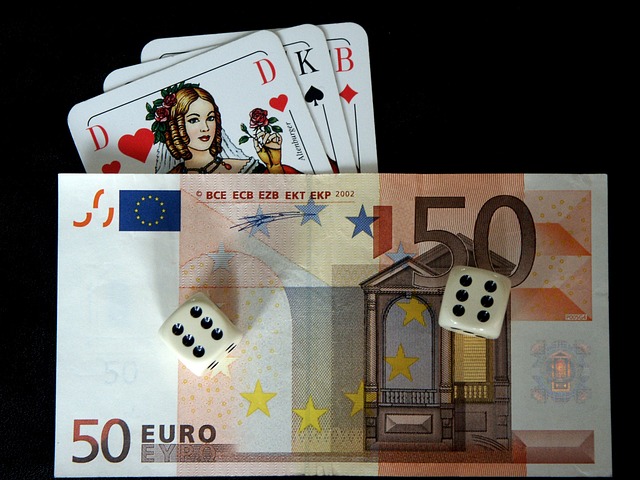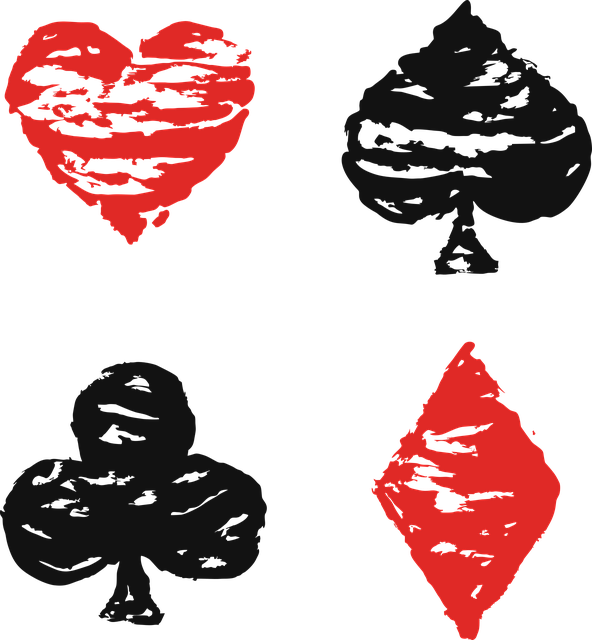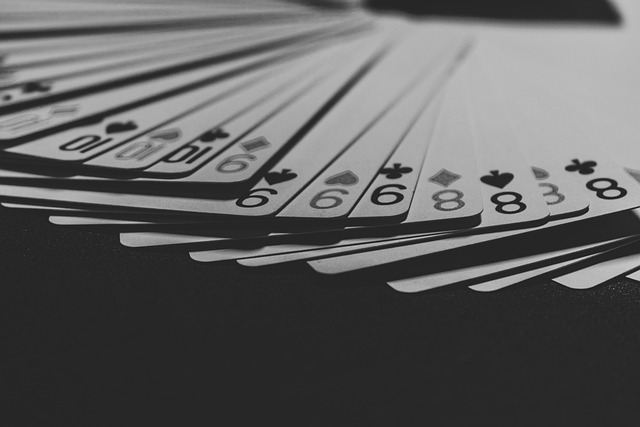Planning successful Poker Tournaments involves defining format (e.g., Sit-n-Go vs. multi-day), considering player preferences, and structuring breaks for engagement. Offering diverse game varieties caters to all skill levels, while clear schedules with well-spaced rounds prevent fatigue. Strategic marketing, including detailed timelines, venue securing, and targeted promotions, attracts a large player base and generates significant buzz within the Poker Tournaments community.
Planning a poker tournament requires a well-structured schedule to ensure a successful event. This guide navigates the process, from structuring your calendar to understanding diverse tournament types and their unique scheduling demands. We delve into essential marketing dates and milestones, ensuring your poker tournament attracts players and creates an engaging experience. Discover how to optimize each phase, from promotion to execution, making your event memorable for participants and organizers alike.
- Planning and Structuring Your Poker Tournament Schedule
- Types of Poker Tournaments and Their Scheduling Considerations
- Marketing and Promoting Your Event: Key Dates and Milestones
Planning and Structuring Your Poker Tournament Schedule
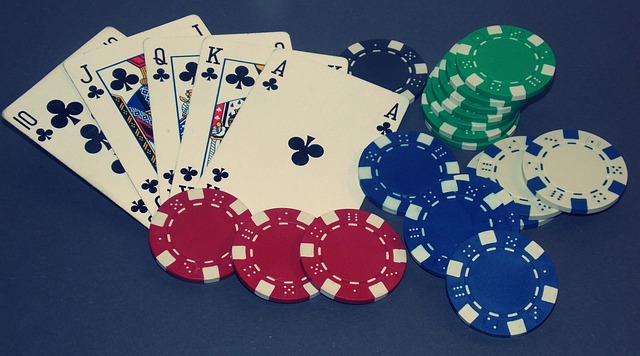
Planning a poker tournament schedule requires careful consideration and structuring to ensure a successful and engaging event for all participants. The first step is to define the format, deciding on the type of tournament—from fast-paced short-stack events to longer, more strategic no-limit hold’em contests. This choice will influence the duration and frequency of rounds, as well as buy-in levels. For instance, a speed poker tournament might feature shorter blind increases, quick levels, and rapid play, while a deeper, more competitive event would have longer schedules with steeper increases.
Organizers should also consider player preferences and experience levels. Offering diverse game varieties caters to a broader audience. Separate tables for beginners and advanced players can enhance the overall experience by ensuring fair competition. Additionally, structuring breaks between rounds keeps players engaged and prevents fatigue, especially in longer tournaments. A well-planned schedule, with clear start times and event flow, ensures a smooth poker tournament experience, attracting and retaining players throughout.
Types of Poker Tournaments and Their Scheduling Considerations
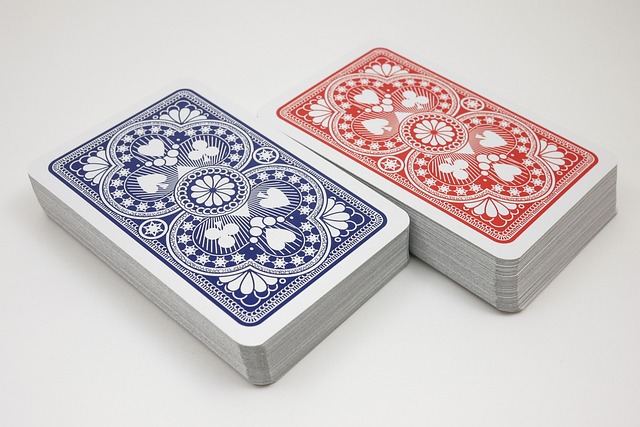
Poker tournaments come in various formats, each with its own scheduling nuances. The most common types include Sit-n-Go (SNG) tournaments, which are fast-paced events where players join tables as they become available. These tournaments often have a fixed number of rounds and blind structures, making them ideal for casual players and those seeking quick, intense action. On the other end of the spectrum are multi-day, high-stakes events like the World Series of Poker (WSOP) Main Event, which require careful planning and scheduling to accommodate hundreds or even thousands of participants.
Scheduling considerations for these tournaments differ significantly. SNGs typically have shorter intervals between rounds, allowing for quick turnaround times and a steady stream of players. Conversely, multi-day events necessitate longer breaks to accommodate player needs, such as food, rest, and bathroom visits. Additionally, blind levels must be carefully structured to ensure the game remains engaging throughout the tournament’s duration. Event organizers also need to account for potential delays due to factors like player late arrivals or table congestion, ensuring a smooth flow of the tournament schedule.
Marketing and Promoting Your Event: Key Dates and Milestones
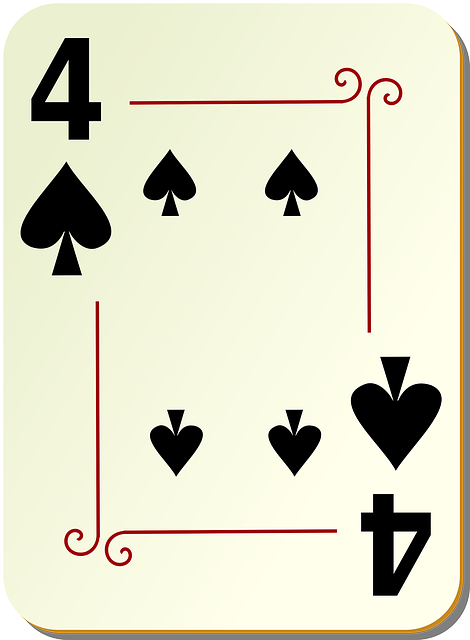
To effectively market and promote your poker tournament, it’s crucial to establish a clear timeline with key dates and milestones. Pre-planning should begin at least 6-8 months in advance, focusing on securing venues, licensing, and initial promotional activities like social media campaigns and local press releases. This early phase is essential for building anticipation among the target audience and establishing your event as a significant date on the poker calendar.
As the tournament approaches, milestones shift towards refining marketing strategies, including targeted advertising, influencer partnerships, and community engagement initiatives. The week leading up to the event should be dedicated to last-minute promotions, ticket sales push, and ensuring all logistical details are in place. This strategic planning ensures your Poker Tournament not only attracts a substantial player base but also generates significant buzz within the poker community.
When structuring your poker tournament schedule, it’s crucial to balance planning with flexibility. By understanding different tournament types and their unique scheduling demands, as well as leveraging marketing strategies for key dates and milestones, you can create a successful event that attracts players and generates excitement. Remember, a well-planned Poker Tournament Schedule is the backbone of a vibrant gaming experience.
